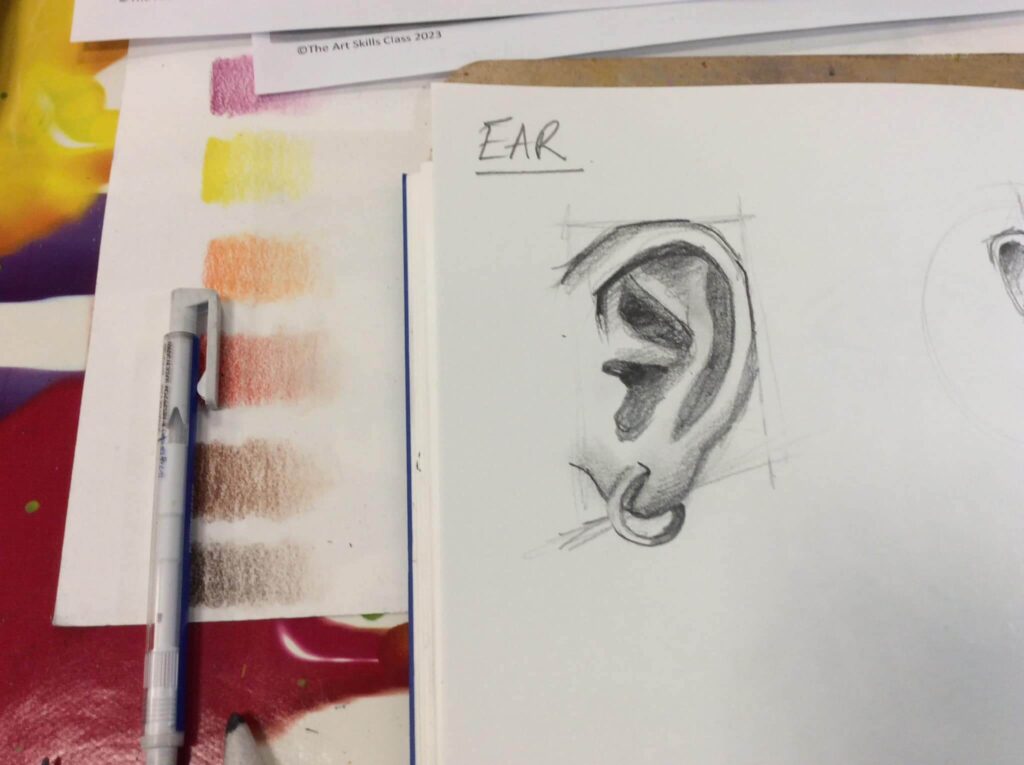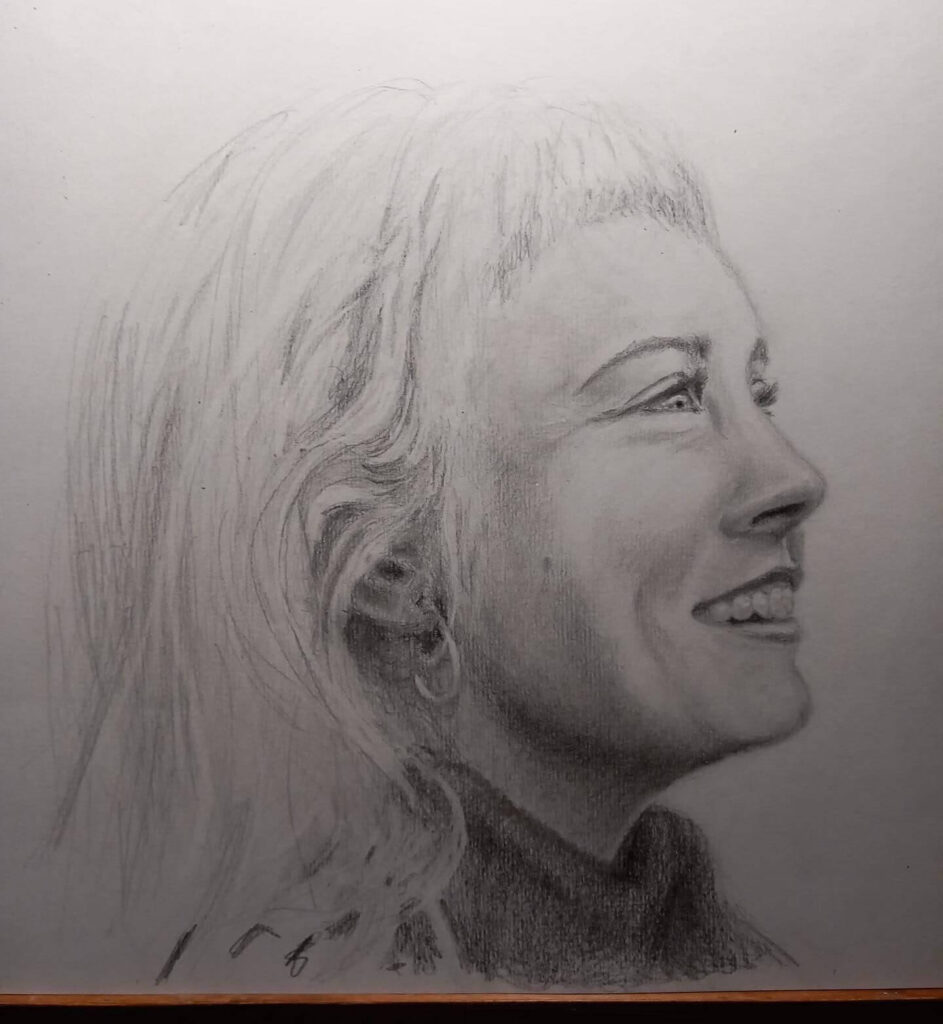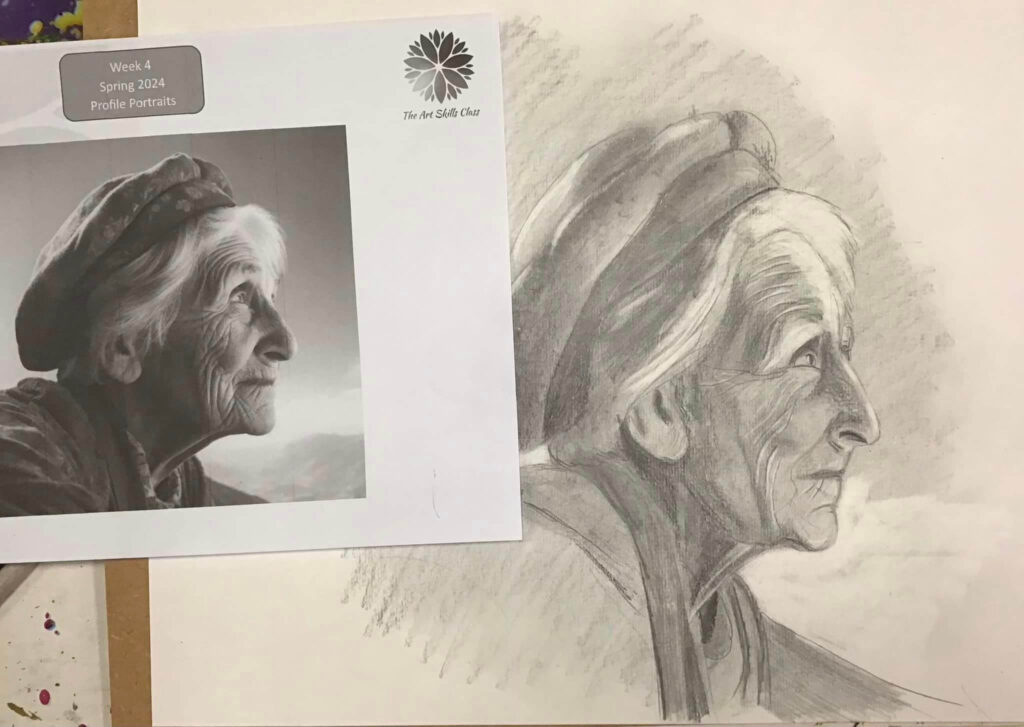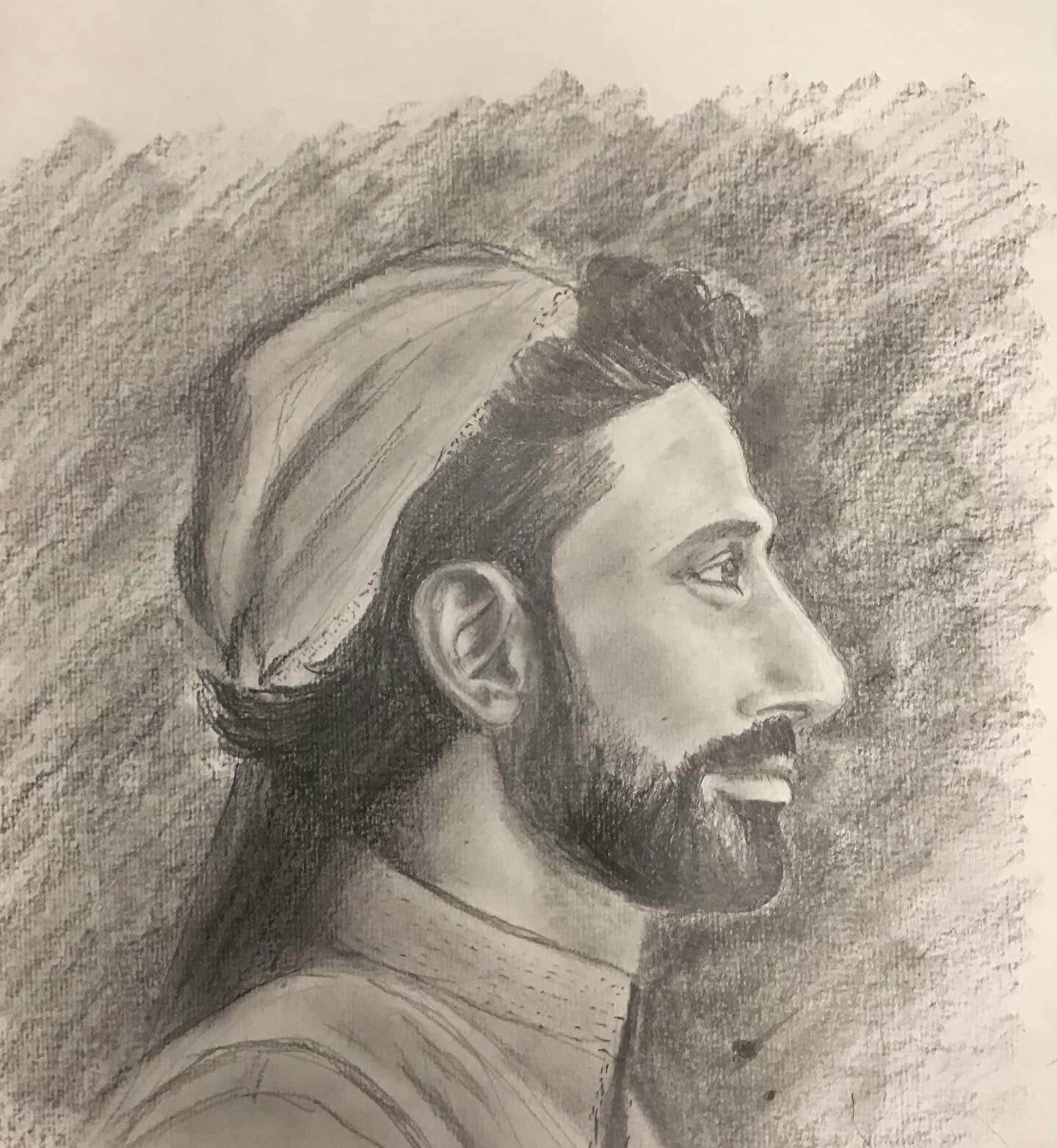Skills Worth Practicing to Learn How to Draw at Home
Introduction

Learning how to draw at home can be an incredibly rewarding and fulfilling experience. With the right approach and dedication, anyone can improve their drawing skills from the comfort of their own space. Practicing key skills is essential to not only enhance your abilities but also to build confidence in your artistic journey. By focusing on foundational techniques and consistently working on your craft, you can make significant progress and develop your unique drawing style.
The importance of practicing key skills cannot be overstated. Whether you’re a beginner or an experienced artist looking to refine your techniques, dedicating time to practice and master fundamental skills will pave the way for more complex and intricate artwork. From understanding basic shapes to developing hand-eye coordination, each skill plays a crucial role in your overall ability to draw effectively.
Understanding Basic Shapes
Understanding basic shapes is the cornerstone of drawing. Every complex object can be broken down into simple shapes like circles, squares, triangles, and rectangles. By mastering these basic forms, you can more easily construct and deconstruct images, making it easier to tackle more detailed and intricate drawings. Recognizing the underlying shapes in objects helps in achieving accurate proportions and perspectives, which are critical for realistic and believable artwork.
- To practice drawing basic shapes effectively, start by sketching these forms repeatedly until you can draw them confidently and accurately.
- Use a variety of drawing tools such as pencils, pens, and charcoal to get a feel for different mediums.
- Additionally, practice drawing these shapes in various sizes and orientations to build versatility.
- Try combining shapes to create simple compositions, gradually increasing complexity as you become more comfortable.
- This foundational practice will serve as the building block for more advanced drawing techniques.
Developing Hand-Eye Coordination
Hand-eye coordination is vital in drawing as it allows you to translate what you see onto paper accurately. Good hand-eye coordination ensures that the movements of your hand match the visual information your eyes are processing. This skill is essential for achieving precision and control in your drawings, leading to more polished and refined artwork.

- To enhance hand-eye coordination, engage in exercises such as blind contour drawing, where you draw the outline of an object without looking at your paper.
- This exercise trains your brain to trust your hand movements and improves your ability to capture details.
- Another effective practice is tracing images to familiarize yourself with the motion and flow of drawing lines.
- Regularly practicing quick sketches and gesture drawings can also improve hand-eye coordination by encouraging fluid and dynamic strokes.
Observational drawing is a crucial skill that involves drawing what you see rather than what you think you see. This technique sharpens your ability to notice details, proportions, and the interplay of light and shadow in your subject matter. By honing your observational skills, you can create more realistic and convincing drawings.
Observational Drawing
- To practice observational drawing at home, set up still life arrangements with everyday objects and draw them from different angles.
- Pay close attention to the shapes, textures, and relationships between objects.
- Another effective method is to draw from photographs, focusing on capturing accurate proportions and details.
- Spend time studying your subject before putting pencil to paper, and use light, loose strokes to outline the main shapes before adding finer details.
- This practice will train your eye to see and replicate the world around you more accurately.
Experimenting with Different Mediums

Experimenting with different drawing mediums can significantly enhance your skills and broaden your artistic horizons. Each medium offers unique characteristics and challenges, encouraging you to adapt and develop new techniques. By exploring various materials, you can discover new ways to express your creativity and find the mediums that resonate most with your style.
- Start by trying out traditional mediums such as graphite pencils, charcoal, ink, and colored pencils.
- Each of these tools has distinct properties that can affect your drawing process and outcomes.
- For instance, charcoal allows for rich, deep shadows and a wide range of values, while ink provides crisp, clean lines.
- Additionally, experiment with digital drawing tools if you have access to a tablet or drawing software.
- Digital media offer endless possibilities for editing, layering, and experimenting without the constraints of traditional materials.
- Embrace the learning curve and have fun exploring the diverse world of drawing mediums.
Practicing Consistently Consistent practice is the key to improvement in any skill, and drawing is no exception. Regularly dedicating time to practice drawing helps reinforce techniques, build muscle memory, and develop a deeper understanding of your subject matter. Consistency also fosters discipline and patience, which are essential qualities for any artist.
- To establish a regular drawing routine at home, set specific goals and create a schedule that fits your lifestyle.
- Start with manageable time blocks, such as 15-30 minutes daily, and gradually increase the duration as you become more comfortable.
- Keep a sketchbook handy to capture spontaneous ideas and practice on the go.
- Additionally, participate in drawing challenges or join online communities to stay motivated and inspired.
- Remember, the more you draw, the more progress you will see in your skills and confidence.
Seeking Feedback and Guidance
Seeking feedback from others is an invaluable part of the learning process. Constructive criticism can provide new perspectives, highlight areas for improvement, and offer encouragement. Engaging with other artists and mentors can help you refine your techniques and develop a more critical eye for your work.
- Share your drawings with friends, family, or online communities dedicated to art.
- Be open to feedback and willing to implement suggestions.
- Additionally, consider taking online courses, attending art skills workshops, or finding a mentor to guide you on your artistic journey.
- Many platforms offer tutorials and critiques from experienced artists, providing valuable insights and support.
- Embracing feedback and seeking guidance will accelerate your growth and help you reach your drawing goals.
Conclusion
In summary, learning how to draw at home involves practicing several key skills that lay the foundation for artistic growth. Understanding basic shapes, developing hand-eye coordination, engaging in observational drawing, experimenting with different mediums, practicing consistently, and seeking feedback and guidance are all essential components of becoming a proficient artist. By dedicating time and effort to these practices, you can significantly improve your drawing abilities and embark on a fulfilling creative journey. Start practicing today and watch your skills flourish with dedication and passion.
FAQ
1. Why is understanding basic shapes important in drawing?
- Understanding basic shapes is crucial in drawing as it helps in constructing and deconstructing images, achieving accurate proportions, and developing perspectives for realistic artwork.
2. How does developing hand-eye coordination contribute to better drawing skills?
- Developing hand-eye coordination allows for accurate translation of visual information onto paper, leading to precision, control, and polished artwork.
3. What is observational drawing, and why is it essential in the artistic process?
- Observational drawing involves drawing what you see rather than what you think you see, sharpening your ability to notice details, proportions, and light/shadow interplay for more realistic drawings.
4. Why is consistent practice important in improving drawing skills?
- Consistent practice helps reinforce techniques, build muscle memory, develop a deeper understanding of subject matter, and foster discipline and patience necessary for artistic growth.




